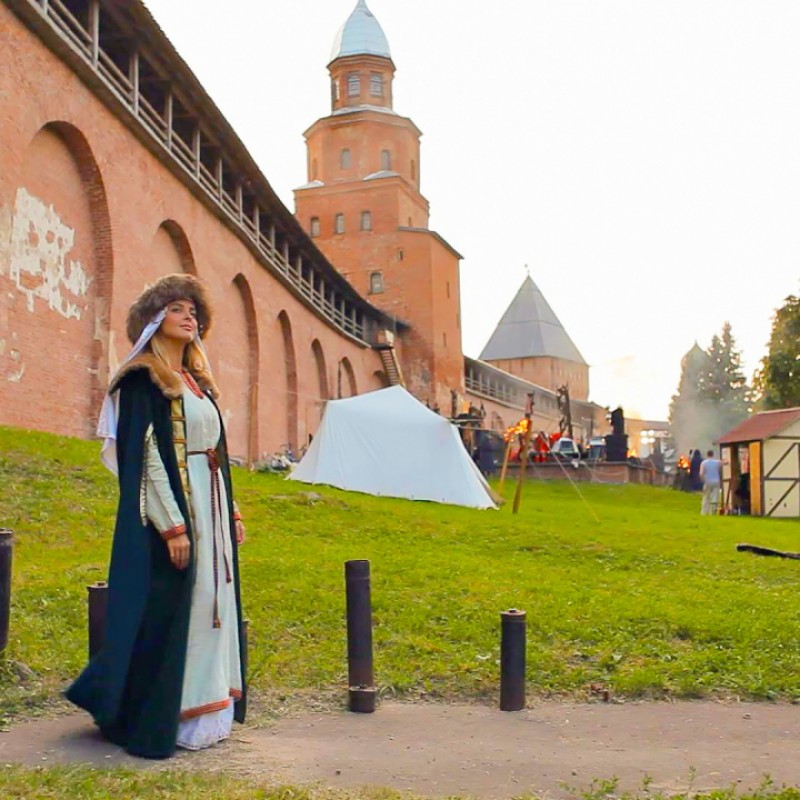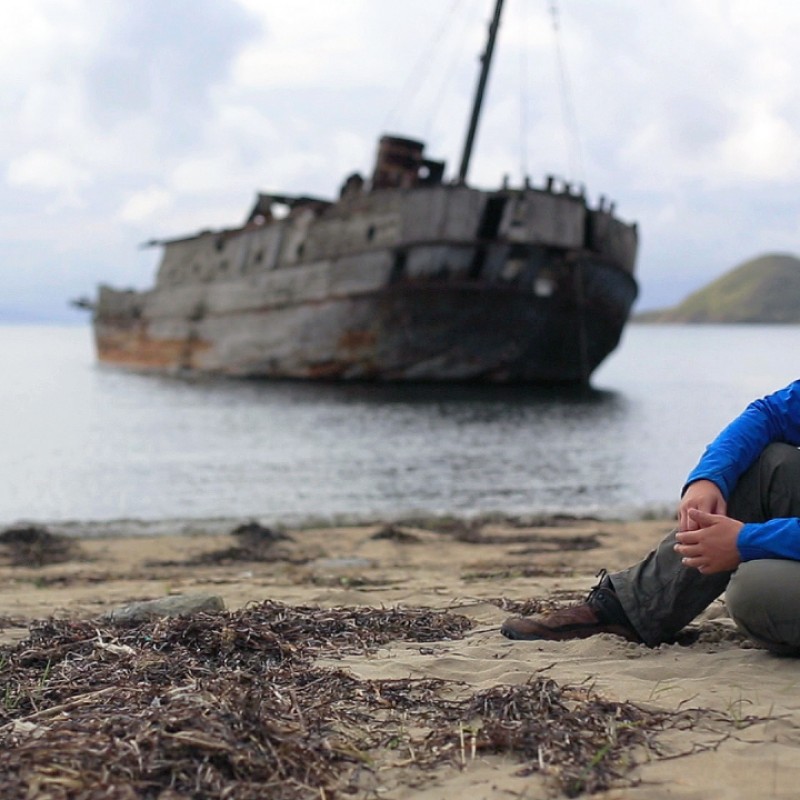
The Novgorod veche
Just what is the Novgorodian Assembly? It is a legislative body that can be compared to the modern-day State Duma. In Novgorod the highest authority of power was the people’s assembly, which was called the «Veche». There citizens discussed the most important issues concerning domestic and foreign policies – questions such as the crowning and expulsion of princes, instances of war and peace and unions with other states. Nowadays there is a bright theatrical show of the same name taking place in Veliky Novgorod. The modern Novgorodian «Veche» helps guests to immerse themselves in the past. There tourists can see how the old «Novgorodka» coin was minted, taste classic Novgorodian cuisine and try on outfits boyars once wore.

The vertical world of the Nefyodov mountaineers
Brothers Sergey and Andrey Nefedrov, both from St. Petersburg, are well-known among the mountain-climbing crowd. Holders of the 2009 Russian Mountain-Climbing title, they have managed to make their hobby into a successful career and have accomplished quite a lot. They were the first people to transerf (climb without the use of any artificial footholds) Kyrgyzstan's 5,217-metre Mt. Aksu. They also hold the world rope jumping record with the longest free fall. Their authority in the mountain-climbing world has helped them to widen their scope into business: Sergey opened his own climbing school while Andrey travels around the world taking part in a variety of different extreme sporting events an.d projects.

The vertical world of the Nefyodov mountaineers
The Far Eastern marine reserve
The Far East Marine Biosphere Reserve was created in 1978 in the Sea of Japan with the goal of preserving, protecting and studying the area’s very diverse and fascinating underwater world. The reserve’s aquatorium is home to more than 5,000 species of plants and animals, 150 of which are in the Red Book.
